Fighting Poachers & Encroachers, IFS Officer Frees 600 Hectares of Forest Land Around Tiger Reserve
Being a Naxal-affected region led to several gaps in monitoring the Udanti-Sitanadi tiger reserve in Chhattisgarh, leading to the loss of almost 30,000 trees. Facing extreme opposition, IFS officer Varun Jain shares how his team reclaimed the forest land and turned the situation around.
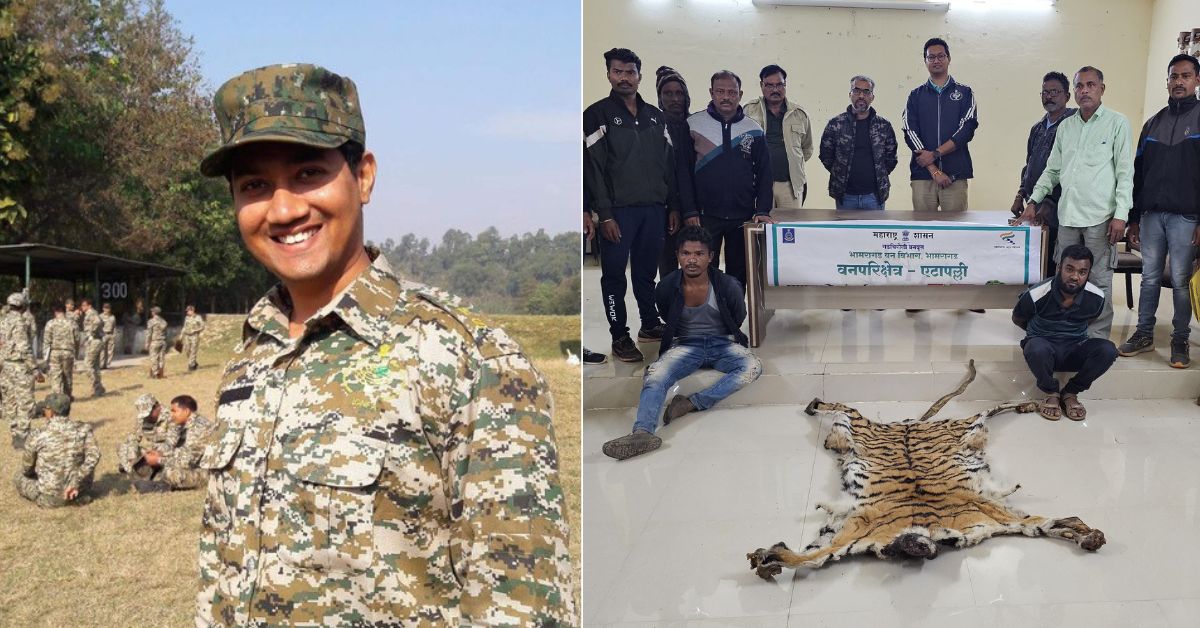
“They hit him with a stone, he is bleeding!”
“They burnt down the forest department vehicle, what do we do?!”
Armed with lathi (a long stick), iron rods, gullel (catapult), and stones, at least 700 villagers had surrounded nearly 250 forest guards who had reached the Taurenga buffer area inside Udanti-Sitanadi tiger reserve in Chhattisgarh to conduct an eviction drive, recounts IFS officer Varun Jain.
The forest officials team, led by Jain, had apparently gotten into a heated argument with the group after it was found that roughly 200 hectares of forest land was “encroached”.
About 30,000 trees were axed and huts were built on the land despite the alleged accused having permanent settlements on revenue land. Jain evaluated the area using Google Earth imagery and GPS-tracking to find that it was a dense forest before 2008 when a large number of trees were chopped.
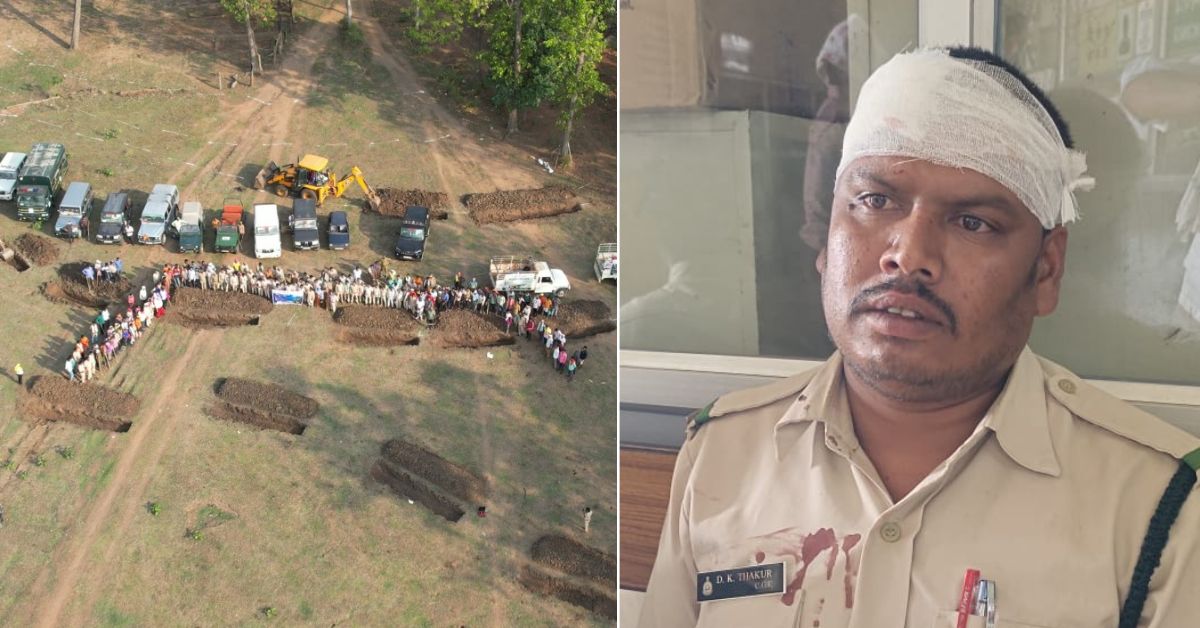
The officer adds how in this past year, as many as 200 encroachers were evicted and at least 600 hectares of forest land was recovered.
We sat down with the 34-year-old to understand what goes into working as a forest officer.
Where tigers were killed for fun
Hailing from Jaipur, Rajasthan, Jain pursued civil engineering at IIT-Roorkee and cracked the UPSC exam to become an IFS officer in 2017. After two years of training, he was allotted the Chhattisgarh cadre, and in February 2022, he joined Udanti-Sitanadi Tiger Reserve as a deputy director.
Sharing its boundary with Odisha, the Udanti-Sitanadi tiger reserve is known for its rich vegetation and forest cover of sal, teak, and bamboo trees. It is also home to a diverse fauna, including leopards, wild buffaloes, tigers, hyenas, elephants, bears, pangolins, and more.
After joining the tiger reserve, Jain observed a lack of awareness of wildlife and forest conservation among the local people. “As the area is Naxal-affected, forest officials would fear going for patrolling. This patrolling gap led to a rise in encroachment and poaching cases. People would cut down trees to build their establishments in animal habitats while poachers fanned the illegal wildlife trade,” he tells The Better India.
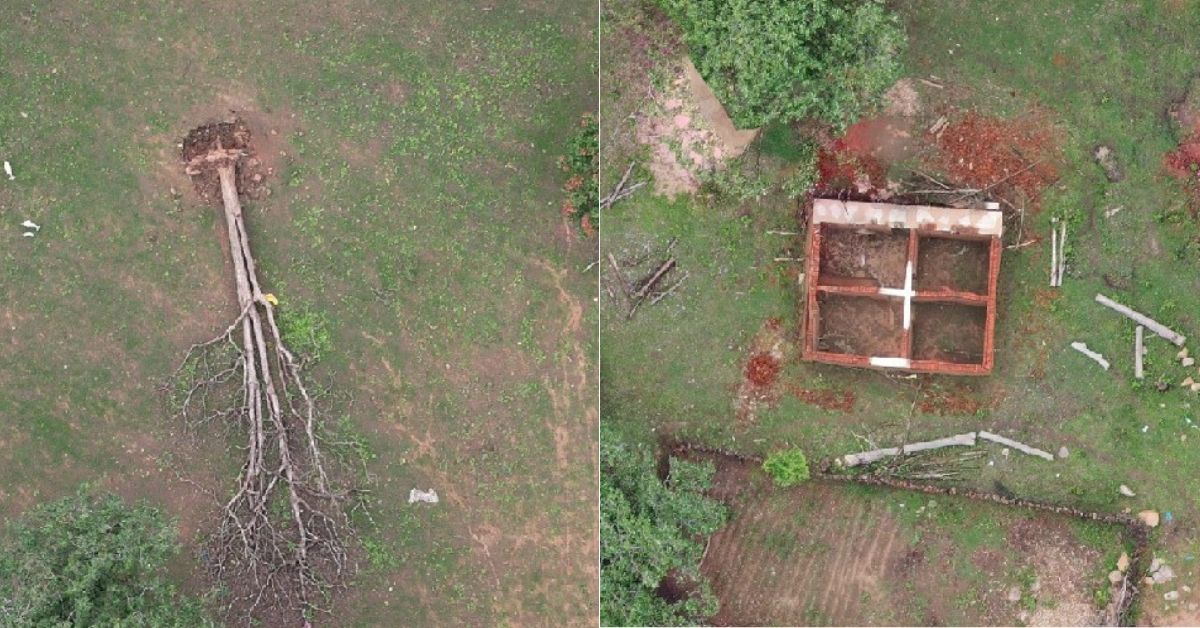
But this irresponsible behaviour was not new, he adds. Jain points out that during the British Raj and the Zamindari period after Independence, the Udanti-Sitanadi tiger reserve was used as a game reserve.
“Back then, anyone could shoot animals after paying a small fee. For instance, you could shoot a tiger paying Rs 25, and wild buffalo, which is the state animal, with Rs 100. This continued till 1972,” he informs.
“This is the reason why we have such low numbers of tigers. Currently, we have just one tiger. This makes our tiger reserve different from the Kanha, Ranthambore, or Pilibhit tiger reserves. Because of the encroachment, we were not able to progress eco-tourism in the region. Just a year back, we did not even have any gypsy safaris,” he adds.
From evicting encroachers to welcoming wildlife
During field visits to the forest, Jain would often see large charred spots. “I found out that giant 100-year-old trees were burnt down to make huts and farmland. Immediately, I procured ISRO images from 2008, 2010, and 2012, and then, I conducted surveys using drones to assess the encroachment. After comparing both the images, we found out that the reserve was a dense forest until 2008. Now, it has been reduced to an open forest land,” he explains.
In 2006, the Forest Rights Act was enacted and it stated that any member or community that primarily resided in forest land for bona fide livelihood needs before 13 December, 2005, would be entitled to forest rights. “Using the ISRO images, we understood that these people settled here after that period,” he informs.
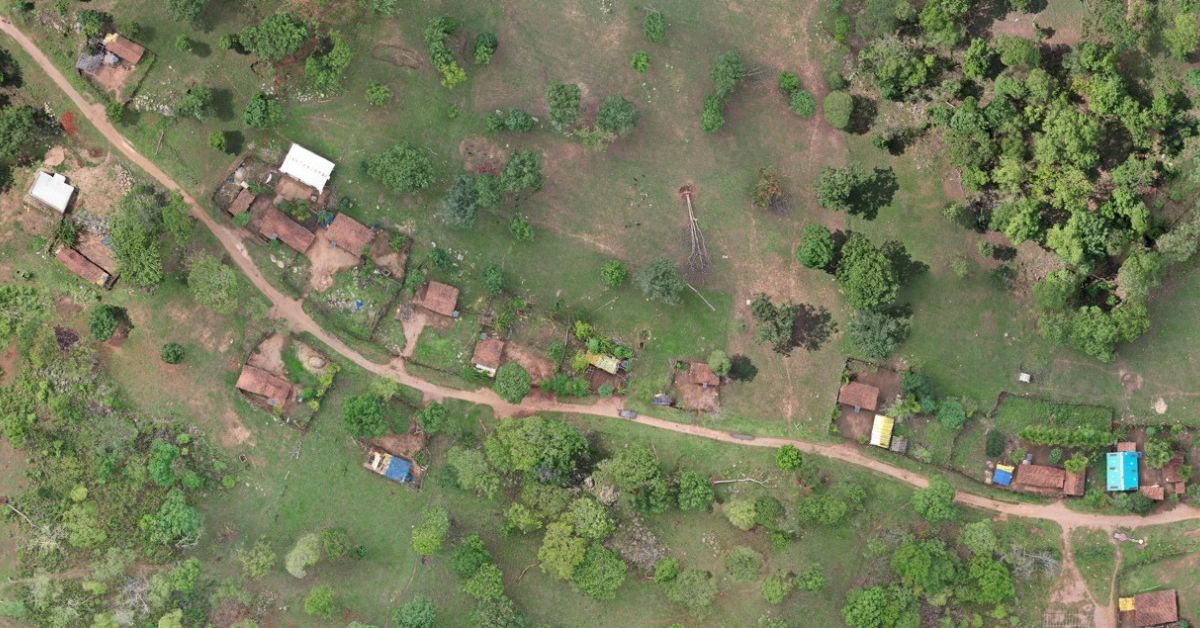
During this period, Jain informs that the forest cover reduced from 400 trees per hectare to 40 trees per hectare. “It was necessary to get rid of encroachments,” he adds.
So, the forest department issued notices to the dwellers seeking their documents in support of possessing the forest land. But when they did not cooperate, the officials asked them to vacate.
“But carrying eviction drives in this particular area was a big challenge for us. Our teams were attacked twice leading to injuries. My car was burnt down. It was heartbreaking for me to see my own people being beaten,” he recalls.
“To manage this situation, I announced on a loudspeaker that since they injured forest officials, the police would book the masses,” he adds.
“The gathered mob had asked the women and the children of their community to stand before us. To avoid any hassles or misplaced blame, we had a force of female forest rangers on the sidelines too. There were even attempts to give this whole incident a communal angle,” he informs.
Meanwhile, the dwellers went on to file petitions at the National Commission for Scheduled Tribes, the State Commission for Scheduled Tribes, and the Chhattisgarh High Court against the Forest Department. “But the judgement was passed in our favour as we had all the evidence,” he adds.
In its order dated 20 June, 2023, the high court disposed of the writ petition of the “encroachers” and mentioned that the respondents are “free to take appropriate steps in accordance with the rules”.
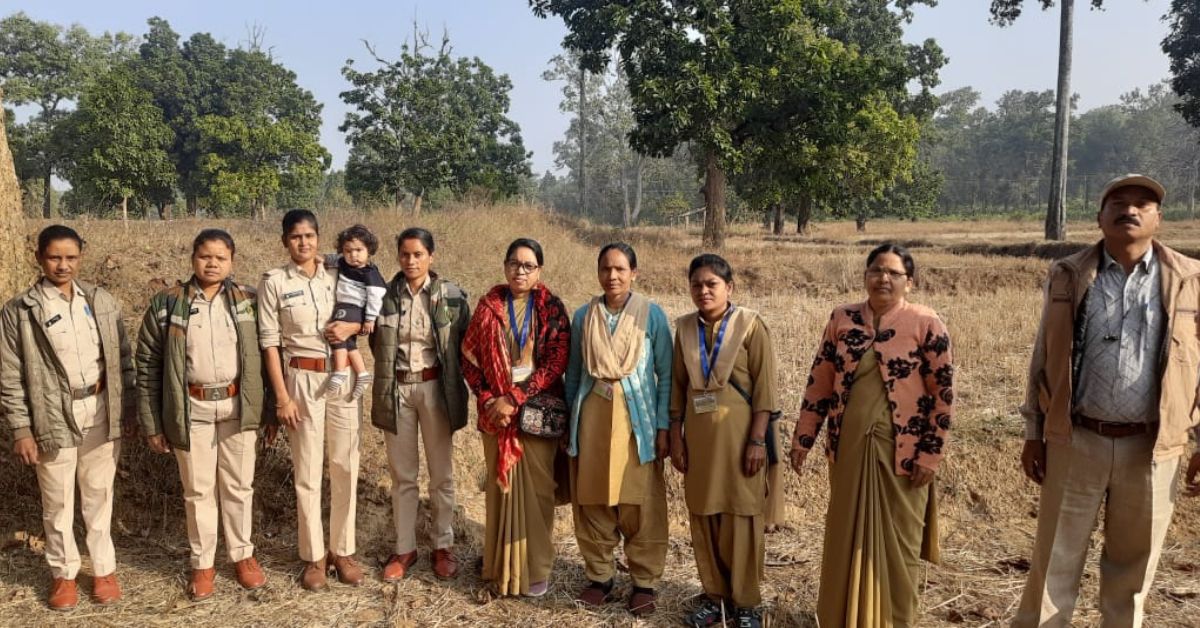
Another order dated 12 December, 2023, by the Chhattisgarh Forest and Climate Change Department mentioned that with ISRO images, it was evident that the forest land was encroached after 2005 and the documentation of petitioners does not support their claims on the land.
Jain informs that the forest official conducted the first eviction proceeding in January 2023. And so far, at least 600 acres of forest land have been restored.
“This has also helped us build trust among other local villagers who have now become our sources for sharing information on poaching-related incidences. Within nine months, we were able to conduct 32 operations where we arrested 134 poachers and smugglers. With reduced poaching and encroachment cases, we believe tigers from neighbouring states will find safe shelter and repopulate the reserve,” he adds.
Personally, this work has also brought immense contentment to Jain. “Before becoming an IFS officer, I wished to join the Delhi police force but I missed it by seven marks. This project made me do similar investigation work — from using the cyber cell to tracking call records and encroaching activities. I do not regret my decision anymore,” he says. If you found our stories insightful, informative, or even just enjoyable, we invite you to consider making a voluntary payment to support the work we do at The Better India. Your contribution helps us continue producing quality content that educates, inspires, and drives positive change. Choose one of the payment options below for your contribution- By paying for the stories you value, you directly contribute to sustaining our efforts focused on making a difference in the world. Together, let’s ensure that impactful stories continue to be told and shared, enriching lives and communities alike. Thank you for your support. Here are some frequently asked questions you might find helpful to know why you are contributing?

“In India, an official uniform has been given to only three units — the Army, the police, and the forest officials. The purpose of this uniform is to provide protection. It is our duty to protect our natural heritage. Anyone can plant trees. But as a forest official, if we cannot save a tree, then what is the point of new afforestation drives?” remarks Jain.
Edited by Padmashree Pande. All photos: IFS Varun Jain.
Sources:
Villagers attack forest personnel clearing encroachments in Chhattisgarh tiger reserve; three hurt: Published in The Telegraph online on 2 June 2023.
HIGH COURT OF CHHATTISGARH AT BILASPUR Writ Petition (C) No.2700 of 2023.
The Chhattisgarh Forest and Climate Change Department order dated 12 December 2023.
This story made me
-
97
-
121
-
89
-
167














